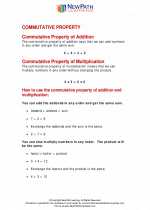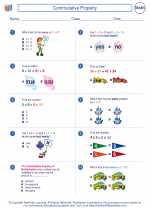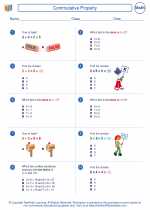Modulus
The modulus, denoted by the symbol "%", is a mathematical operation that returns the remainder of a division between two numbers. In other words, it gives us the amount left over after dividing one number by another.
For example, if we have the expression 10 % 3, the modulus operation would return the value 1, because 10 divided by 3 is 3 with a remainder of 1.
Here's the general formula for the modulus operation:
a % b = r
Where a is the dividend, b is the divisor, and r is the remainder.
The modulus operation is commonly used in programming to check for divisibility, determine even or odd numbers, and cycle through a range of values.
It's important to note that the modulus operation only makes sense for integers, as it calculates the remainder of a division. When working with non-integer numbers, the concept of modulus can be extended using the modulo function.
Overall, the modulus operation is a useful and versatile tool in mathematics and computer programming, allowing us to efficiently work with remainders and solve a wide range of problems.
.◂Math Worksheets and Study Guides Third Grade. Commutative Property

 Worksheet/Answer key
Worksheet/Answer key
 Worksheet/Answer key
Worksheet/Answer key
 Worksheet/Answer key
Worksheet/Answer key
